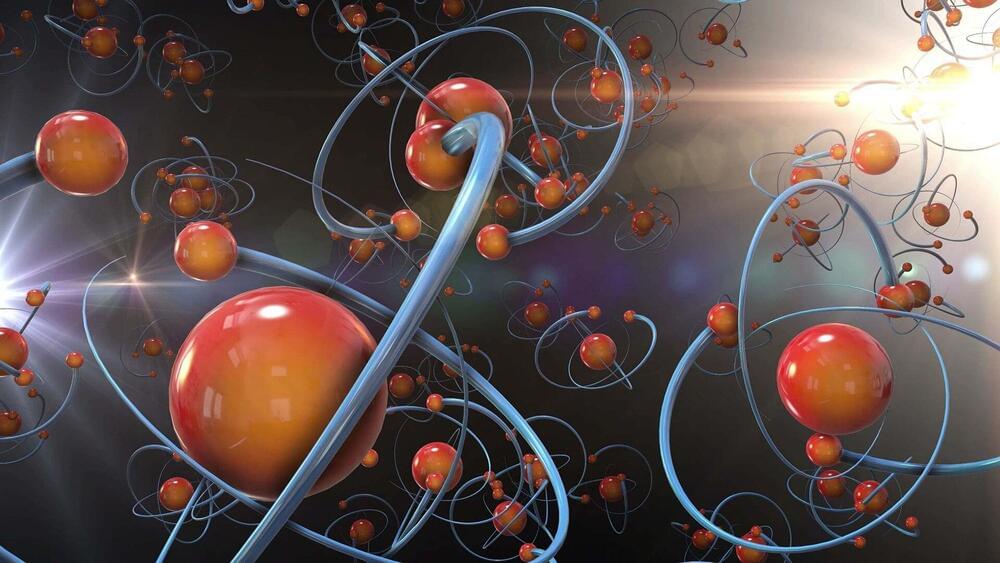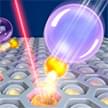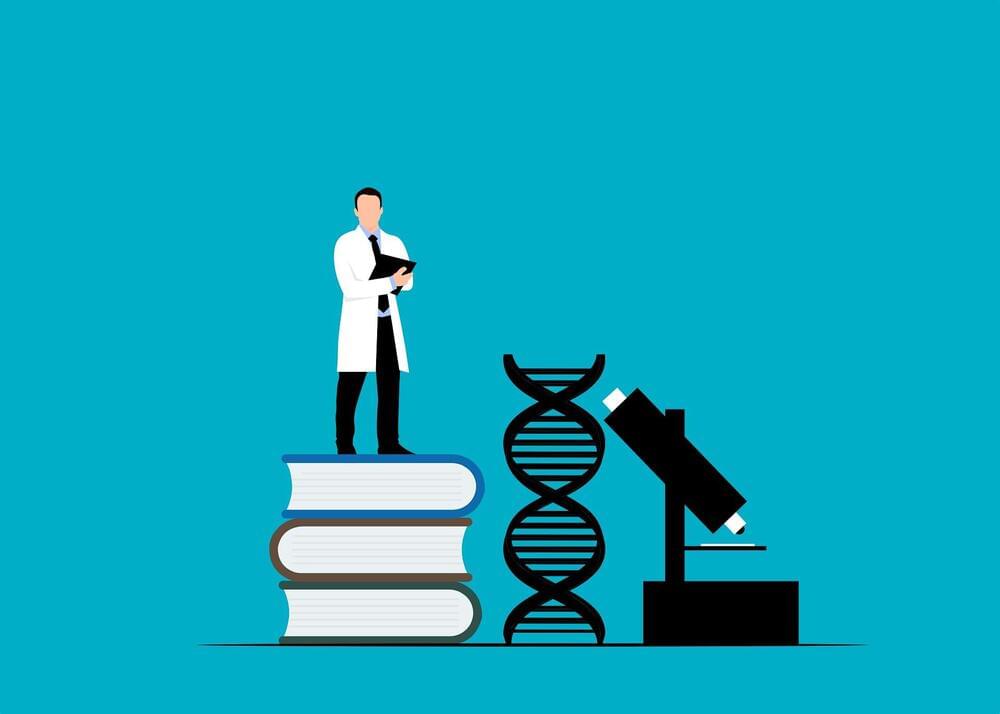Aug 8, 2022
Researchers develop a small molecule that could make immunotherapy available to all cancer patients
Posted by Josh Seeherman in category: biotech/medical
Researchers at Tel Aviv University and the University of Lisbon have jointly identified and synthesized a small molecule that could be a more accessible and effective alternative to an antibody that is successfully used to treat a range of cancers. Behind the groundbreaking development is an international team of researchers led by Prof. Ronit Sachi-Fainaro, Head of the Center for Cancer Biology Research and Head of the Laboratory for Cancer Research and Nanomedicine at the Sackler Faculty of Medicine, Tel Aviv University, and Prof. Helena Florindo and Prof. Rita Guedes from the Research Institute for Medicines at the Faculty of Pharmacy, University of Lisbon. The results of the study were published in the Journal for ImmunoTherapy of Cancer.
“In 2018, the Nobel Prize in Medicine was awarded to James Allison and Tasuku Honjo for their contribution to the study of immunotherapy, the treatment of cancer through activation of the immune system,” says Prof. Satchi-Fainaro, a 2020 Kadar Family Award recipient. “Honjo discovered that immune cells called T cells express the protein PD-1 that disables the T-cells’ own activity when it binds to the protein PD-L1 expressed in cancer cells. In fact, the interaction between PD-1 and PD-L1 allows cancer cells to paralyze the T cells, preventing them from attacking the cancer cells. Honjo developed antibodies that neutralize either PD-1 or PD-L1, thereby releasing the T cells to fight cancer effectively.”


















